The de-militarize the police idea is still a thing? Nobody has said it yet? Ok, well, ahem:
The police won’t be de-militarized, and that’s fine.
Seems odd to have to say that, but I still hear people calling for removing “military grade equipment” from police. But what exactly does “de-militarize the police” even mean? For as much as I hear it said, I’ve not heard it defined.
What’s more important than the definition are the cultural norms, beliefs, and ideologies driving the de-militarization idea. Let’s look at that first.
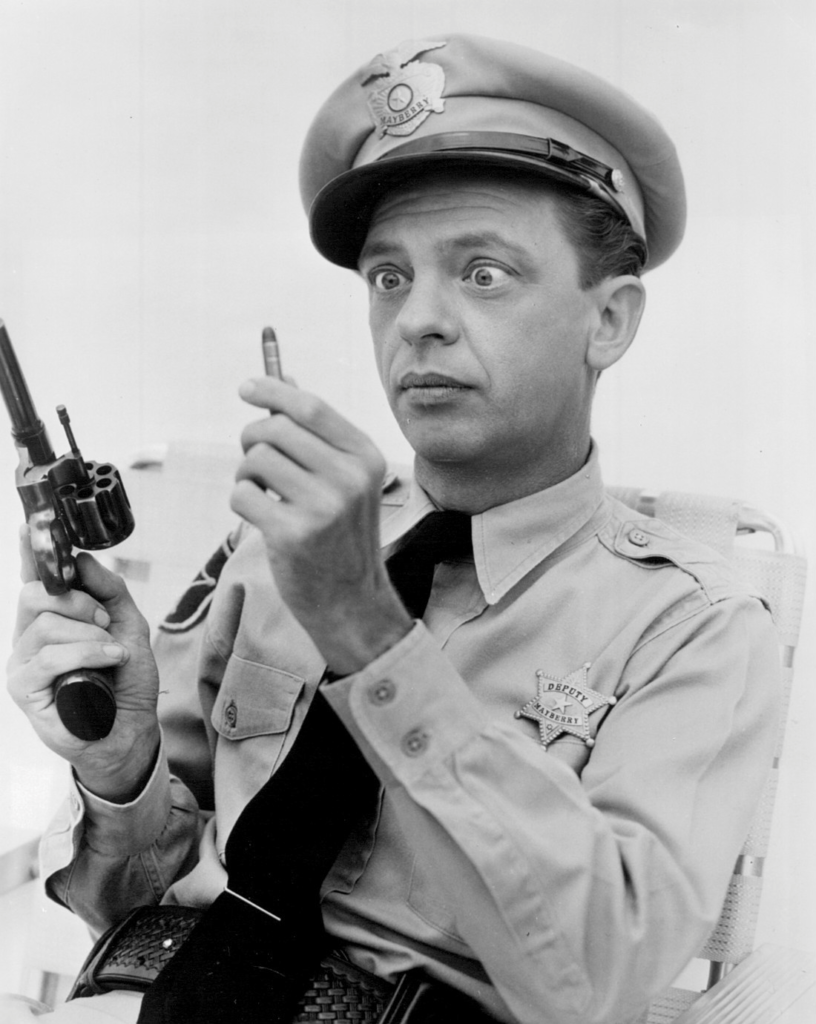
Generations of people grew up the era of martial arts McDojo’s and watching The Andy Griffith Show, MacGyver, professional wrestling, Teenage Mutant Ninja Turtles, Karate Kid, and Walker Texas Ranger. Those shows focused on story lines and lessons in morality rather than real-world tactics. The shows’ protagonists could always rely on their wits and non-lethal tactics to overcome armed villains.
Public schools reinforced these lessons, teaching generations of kids to not hit back. Getting bullied or punched? Don’t hit back. Just tell a teacher and they’ll make it stop (theoretically, of course).
Religion piled on as well, teaching people to turn the other cheek. God will sort out your schoolyard nemesis at a later date. Just take the beating, tell your teacher, and pray tonight at bed for the bully’s soul.
Sure.
When schools told kids Monday through Friday not to fight back, Saturday morning cartoons taught them that a skilled roundhouse kick could defeat a firearm, and their priest told them to turn the other cheek, pacifism naturally flourished in the western world. In general, that’s OK. Westerners tend to have a strong do no harm and live and let live moral compass, and that’s a good thing.
So when well-meaning people raised on a lifetime of pacifist ideals see police officers with tactical gear and rifles, some percentage of onlookers are going to question why those cops need that gear. Why can’t they de-escalate every situation like their television hero Chuck Norris and MacGyver? And some of those onlookers call for depriving officers of ballistic protection, rifles, and other tactical gear.
I’ll explain why this explain why this isn’t going to happen so we can put this pointless debate to rest.
Mission-oriented gear is the only correct choice
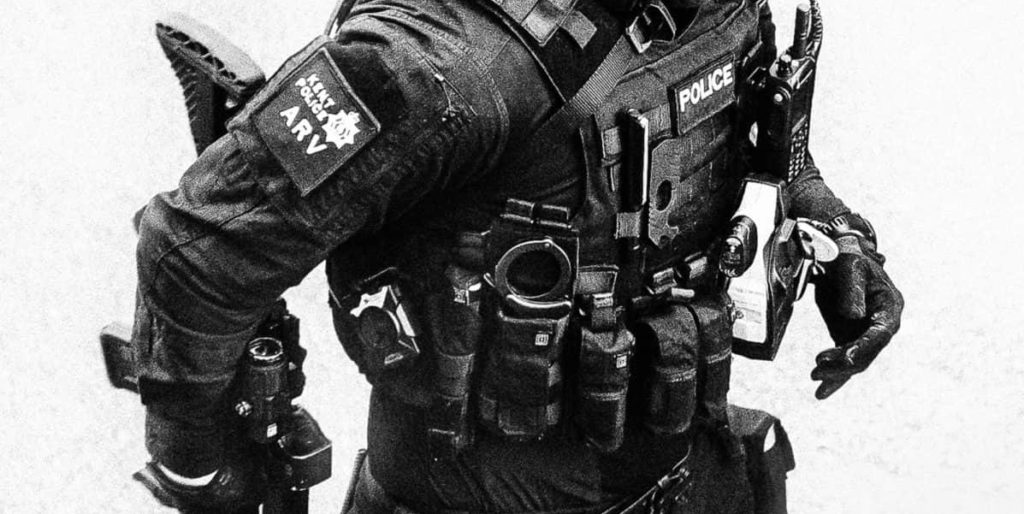
Would you ask a surgeon to use dull, outdated, or obsolete surgical tools? Or an accountant to use a cheap, poorly-made and error-prone calculator? Or a bus driver to leave their eyeglasses at home and drive without them? How about asking construction workers not to wear reflective vests and hardhats?
There is no difference between the need for American soldiers to win gunfights and not die and the need for American police to win gunfights and not die. People shoot at soldiers with guns, and soldiers shoot back with guns. People shoot at police with guns, and police shoot back with guns. The idea that cancelling the 1033 program is going to stop police officers from obtaining quality equipment is naive. Officers and departments will still buy the gear they need, even if they have to purchase it out of their own wallet or city budget.
The only people who say that police don’t need the best weapons and equipment because the military happens to use the same equipment or because they don’t like seeing police with such equipment are people who are not cops. They don’t understand that a wide variety of tools, weapons, and less-than-lethal options allow police greater chances of apprehending armed individuals safely.
Other than what appear to be a few flash-bangs, the above photo closely resembles the bare minimum patrol gear for a police officer. I heard a passerby remark to a similarly-outfitted officer at a large event in a bar district that the officer was “armed to the teeth.” Realistically, is there any less gear that officer should carry?
Let’s go down the list of gear in the above photo:
- Body armor? This country has more guns than people, so yes, body armor is a necessity.
- Radio? Yep, gotta have that.
- Pistol? Good luck trying to do police work unarmed.
- Taser? It makes arresting the Gregor Clegane’s of the world a safer and more manageable task.
- Handcuffs? Obviously.
- Body camera? You wanted it, you got it.
- Long sleeved shirt and gloves? It’s hot, but better than getting your arms chewed up going through brush or over obstacles.
- Rifle? It usually wins against a pistol in a gunfight (see above video), and it pays to be a winner in a gunfight. So yes, gotta have a rifle.
- How about that EOTECH magnifier and holographic sight on the rifle? Sure. They help you not miss in a gunfight, and stray rounds in populated areas are frowned upon.
- Vest carrier – Why not a duty belt and starched uniform shirt? That vest looks so militarized. Let’s go over that.
Vest carriers will replace duty belts
Some police departments are still locked in an ongoing cultural struggle between officers and their chiefs and admins over things like beards, tattoos, suppressors, and moving duty gear from duty belts to duty vests. More on beards, tattoos, and suppressors in another article.
Present-day police chiefs, many of whom grew up watching The Andy Griffith Show, began their careers wearing the rigid leather duty belt known as a “Sam Browne” belt. As departments added items to police officers’ every day carry, those same chiefs continued to insist that officers make the gear fit on a Sam Browne belt. But where did this belt come from, and why do some chiefs insist on it as the only solution to gear overload?
Sam Browne was no crime drama TV character or popular equipment clerk at a Los Angeles police station, but a British Army officer who lost his arm in battle. After he shook off that injury and got back to work, Browne later developed a rigid leather belt with with a shoulder strap to hold his scabbard steady so he could draw his sword. This belt, called the Sam Browne belt, looked sharp and militaries worldwide adopted it into their uniforms. Police departments, too, added it to their uniforms, and since police officers didn’t carry swords, the belt became a convenient way to carry other gear.

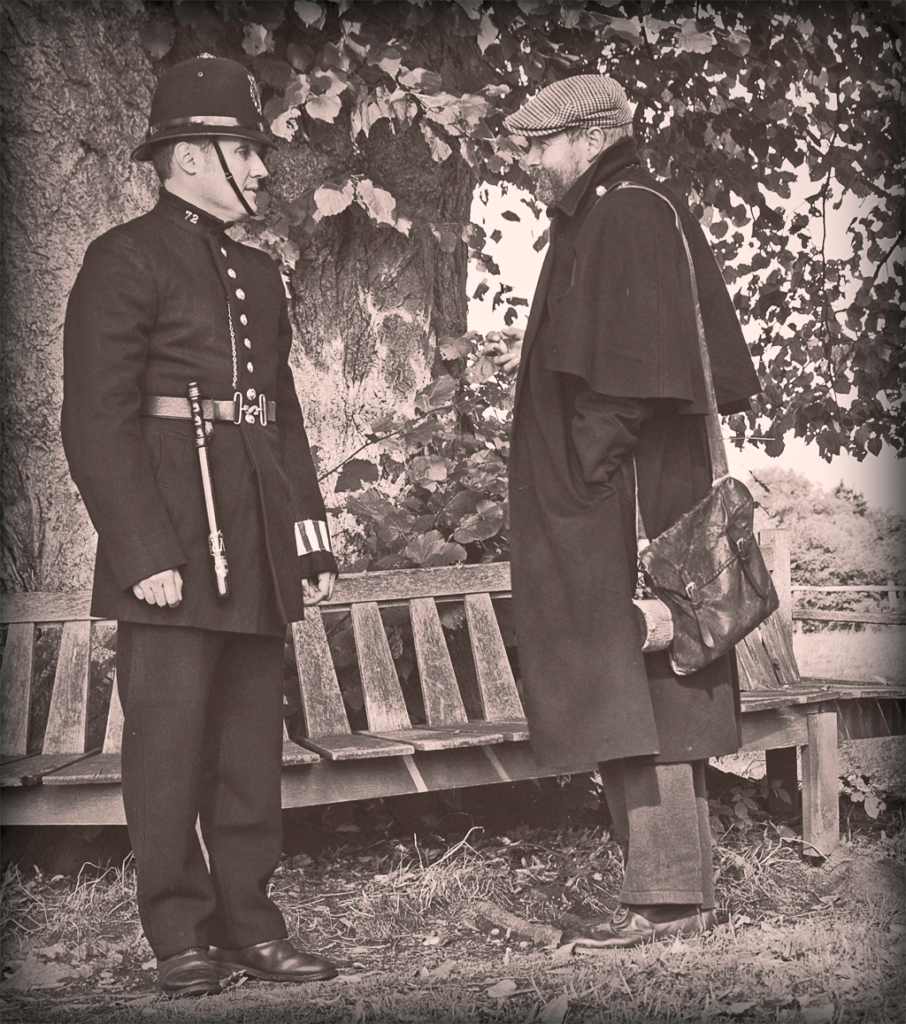

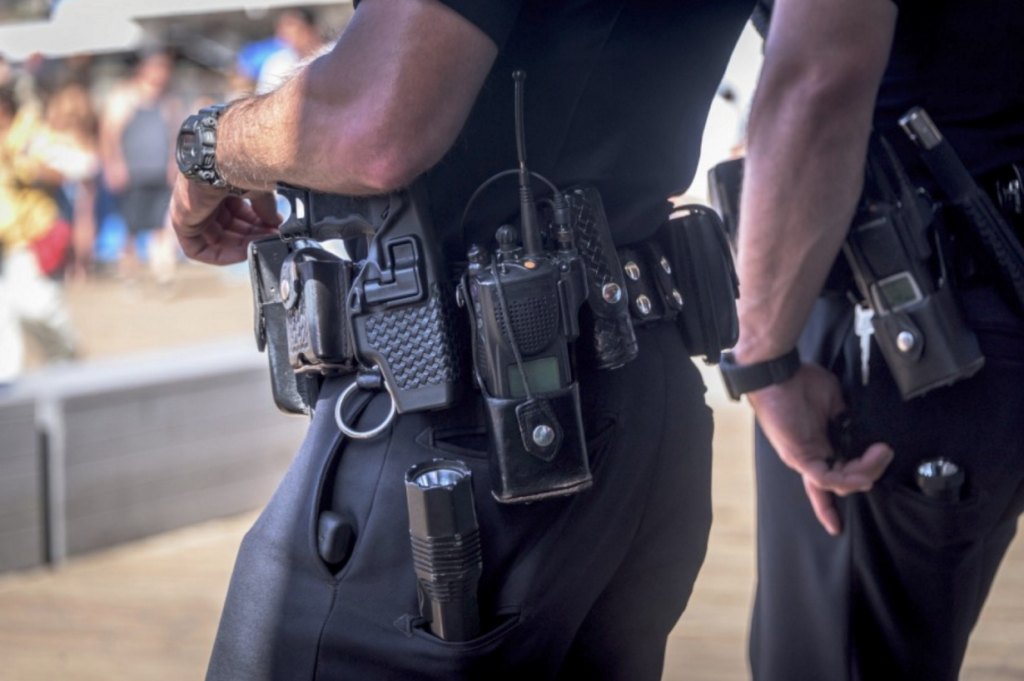
Some chiefs believe the vest carrier looks too militarized and insist their officers wear their gear on a belt, stuffing whatever doesn’t fit on the belt in pants and shirts pockets. In the above photo, the officers rely on stuffing a fairly critical piece of gear, the flashlight, in a pocket on their pants.
The military already solved this problem
Over in a parallel universe, the military went through this same struggle for the last century. How can soldiers carry an increasing gear load?
Simple. Move the gear from the belt to a vest.
During the Vietnam War, American soldiers mostly carried gear on an ALICE belt. By the time the Gulf War came around, soldiers began moving gear onto their flak jacket. In 1997, MOLLE gear began replacing ALICE gear, allowing more gear to move from the belt to the vest. Since 2001, wars in Afghanistan and Iraq brought dramatic improvements in vest carrier ergonomics and accessories.
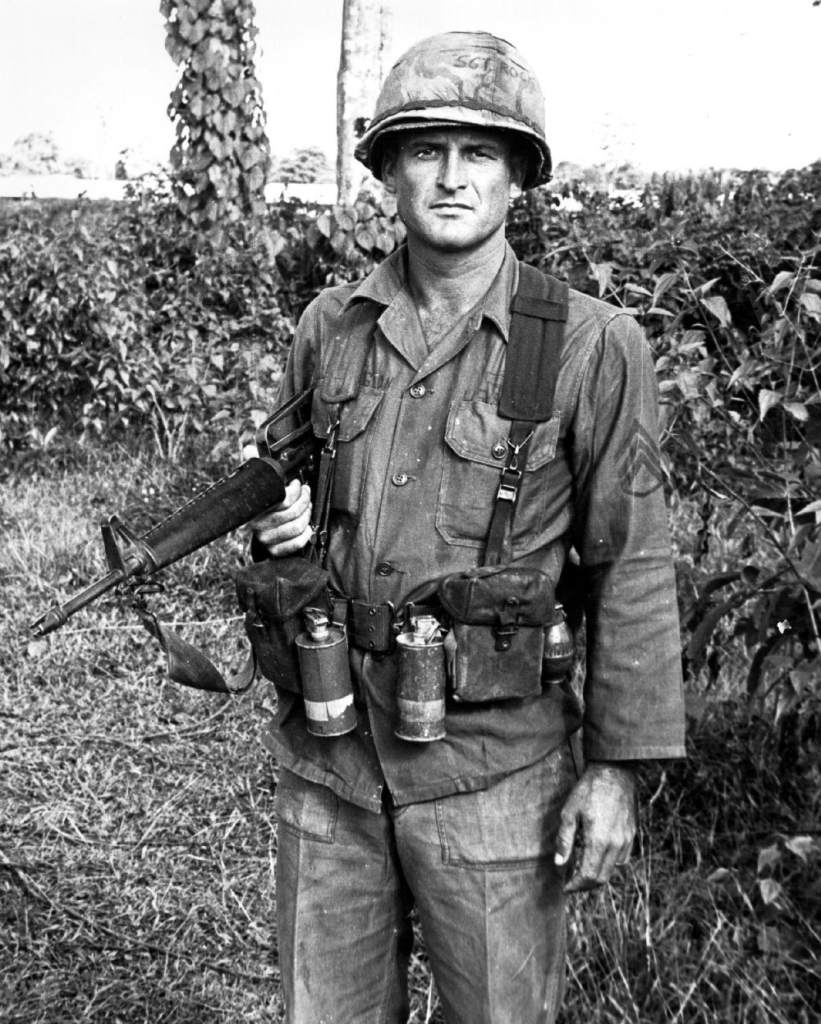
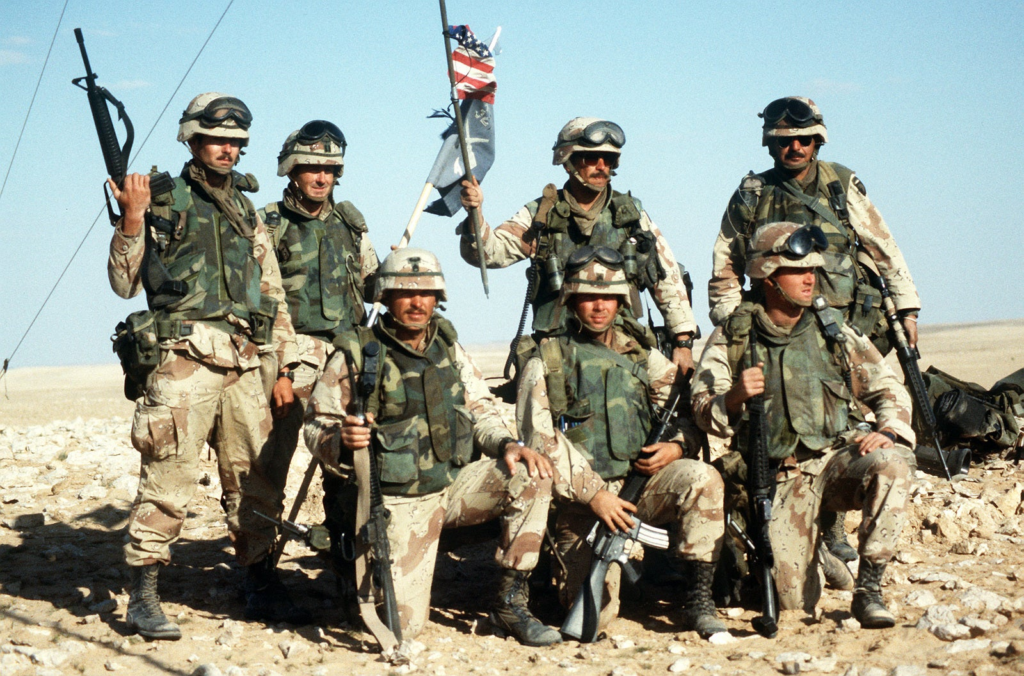

Let’s go down the list of gear in this photo:
- Body armor? Yes, overseas bullets work the same way as domestic bullets.
- Radio? Can’t talk with your buddies without it.
- Pistol? Sometimes the rifle malfunctions.
- Zip ties? Can’t have unrestrained detainees running around.
- Long sleeved shirt and gloves? It’s hot, but better than getting your arms chewed up going through brush or over obstacles.
- Rifle? It pays to be a winner in a gunfight, so yes, gotta have a rifle.
- How about that optic on the rifle? Sure. They help you not miss in a gunfight, and stray rounds even in the military are frowned upon.
- Tactical belt – When you run out of space on your vest, some items can ride on a belt.
When millions of GWOT veterans returned from deployment and left the military, many entered law enforcement. They brought with them years worth of deployment time and first-hand knowledge about the best way to carry gear on their person. Many personally saw the benefits of the evolution from ALICE gear to modern vest carriers.
As police departments continued telling officers to carry more gear, duty belts simply ran out of space. Officers complained that overloaded belts caused them back pain and physical ailments.
Fortunately, enough GWOT veterans moved up the ranks and made enough noise to convince police departments to allow officers to use vest carriers. For example, Austin Police administrators long argued against vest carriers, citing the “militarized” look as a reason not to use them. Instead, many of their officers relied on having drop holsters on both legs to fit all the gear they had to carry. Finally, in early 2020 the Austin Police Department changed their policy to allow vest carriers.
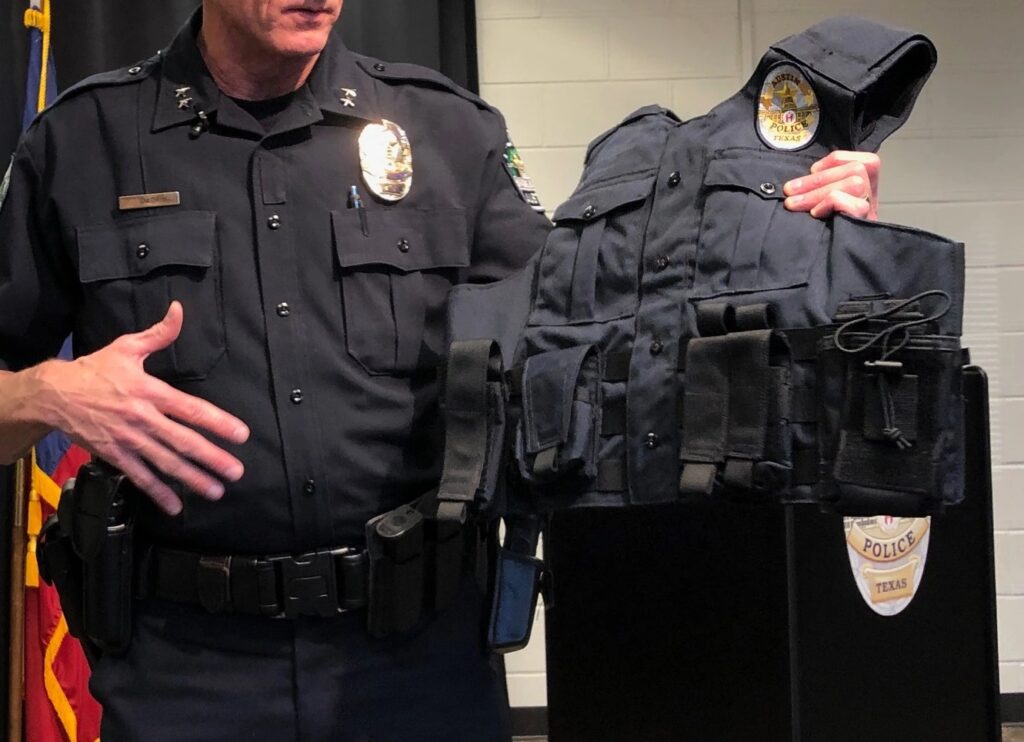
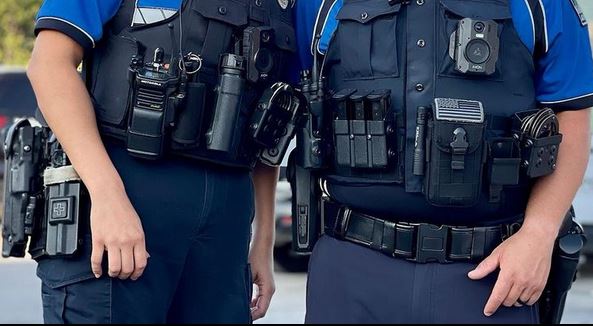
In the end, administrator’s fears about public perception of officers wearing vest carriers were unfounded. The public did not complain about the change in uniform, if they even noticed at all. Officers’ morale improved after they could finally carry the gear in a more tolerably comfortable manner.
In terms of gear, the ship has sailed on law enforcement’s movement to vest carriers and better tactical gear, no mater how “militarized” they look. There is simply no other way to carry the gear officers must carry or respond to the armed threats they must face. Eventually, vest carriers and better gear will be the norm for law enforcement.
Warrior or guardian? Both, please
We’ve covered gear, now let’s talk about mindset. The biggest philosophical debate of the past decade was whether the fundamental mindset of police officers should be one of a warrior or guardian. The “guardian” proponents say the “warrior” cops should not approach situations from a tactical, ready-to-fight mindset, and the warrior side says the guardian advocates’ lackadaisical attitude towards risk will result in needless harm.
So why not maximize both? Why shortchange officers on either hard or soft skills and knowledge? The shortcoming of the warrior vs guardian debate is the idea that one should be sacrificed for the benefit of the other.
The police response to the Uvalde school shooting tragically illustrates why stamping out the warrior mindset is the wrong approach. Uvalde officers had plenty of people and the right tactical tools to engage the attacker and end the violence, but they clearly lacked the mental disposition for the job. Police training is unquestionably clear in directing officers to move towards the active attack in the classroom and take out the gunman so they can get medical aid to dying children and save lives. But somehow, grown men worried about themselves more than saving the lives of children.
At the same time, police absolutely need to temper tactical prowess with everyday humanity and compassion. Derek Chauvin stupidly and senselessly killing George Floyd is a example of what the guardian mindset advocates are getting at. No matter the dirty, difficult nature of the job, officers cannot slide towards the “us versus the public” mentality. As much as officers may protest, there are plenty of reasons why “touchy-feely” sensitivity-focused training is necessary.
It’s not even a police issue
You’ve probably heard an exasperated critique of American police that goes something like, “Why aren’t American cops more like European cops? The Europeans disarm knife-wielding people without guns all the time!”
If all American cops had to worry about was knives, they could adopt the same tactics as European police. Even then, knife-wielding assailants still injure and kill European officers.
Instead, American cops patrol a country with as many firearms as the entire rest of the world combined. There are more guns in the US than there are people, and more people every day are diving into gun culture.
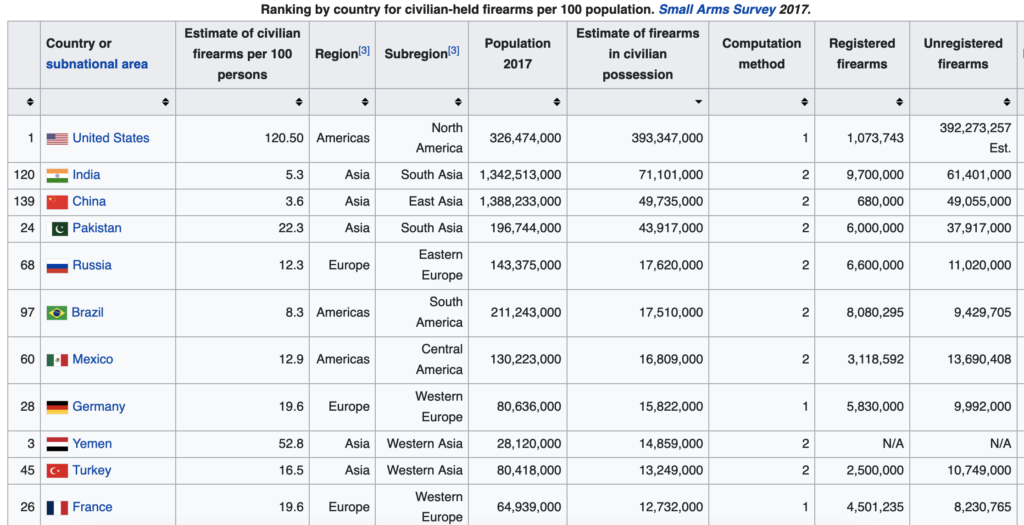
American police are not “militarized.” They are armed in a manner that allows them to address the threats they face as a part of their duty. What other alternative is there?
- Unarmed police – Several American cities are trying “unarmed violence intervention” programs in which individuals go and try to intervene in gun violence. The results? Not a panacea, and these workers aren’t even tasked with apprehending violent individuals, just talking with them. Even then, these workers are frequently attacked and even killed. If these unarmed workers were tasked with arresting armed violent felons, the death rate of these workers would skyrocket.
- Lesser-armed police – Will equipping police with six-shot revolvers and shotguns solve anything? Probably not. Police will still be tasked with apprehending people who are armed with AR-15’s and AK-47’s. Like the video at the top of the post clearly shows, choosing to be outgunned in a gunfight against heavily-armed adversaries is a nonsensical decision that would result in needless deaths of officers and others.
- Disarm the US population – Good luck being the person that tries going door-to-door and confiscating nearly 400 million firearms. I doubt you’ll find a life insurance policy to cover such work.
Equipping police with the latest and greatest protective gear and weapons is not a choice made in a vacuum, but a decision that reflects the risks they face in doing their job. If you don’t want to see heavily-equipped police, you’ll first have to solve an ocean of societal issues that create this risk, like easy access to firearms, broken homes, fatherless boys, gangs, revolving-door justice system, etc.
Fix society if you want to de-militarize the police
Tomorrow, new cadets will begin their police academy journey. Police academy trainers will prepare cadets for all of the societal problems and violence the new officers must address. This includes giving them the appropriate gear and mental disposition to face those challenges head on.
For anyone wanting to de-militarize the police and make officers resemble Andy Griffith’s Sheriff Taylor character, you will first have to fix society to look less like violence-torn Chicago and more like Mayberry.
But, like, that’s just my opinion, man. Head over to Twitter to explain why I’m wrong, follow me for more disastrous advice, or just cheer on the Ukrainians and enjoy the Elon Musk show with me.
